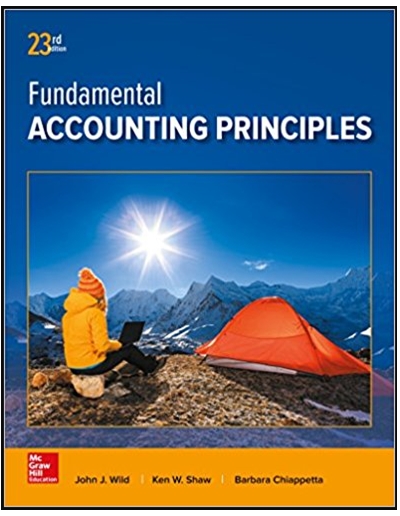Stanford issues bonds dated January 1, 2008, with a par value of $500,000. The bonds' annual contract
Question:
Stanford issues bonds dated January 1, 2008, with a par value of $500,000. The bonds' annual contract rate is 9%, and interest is paid semiannually on June 30 and December 31. The bonds mature in three years. The annual market rate at the date of issuance is 12%, and the bonds are sold for $463,140.
Required:
1. What is the amount of the discount on these bonds at issuance? (Omit the "$" sign in your response.)
2. How much total bond interest expense will be recognized over the life of these bonds? (Omit the "$" sign in your response. Round your answer to the nearest dollar amount.)
3. Use the effective interest method to amortize the discount for these bonds like the one in Exhibit (Leave no cells blank - be certain to enter "0" wherever required. Remember that the unamortized discount must be fully eliminated by the maturity date. Please calculate Bond interest expense in the final period as the amount of cash paid minus the amount of the previously unamortized discount. Round your answer to the nearest dollar amount. Omit the "$" sign in your response.)
.png)
Maturity is the date on which the life of a transaction or financial instrument ends, after which it must either be renewed, or it will cease to exist. The term is commonly used for deposits, foreign exchange spot, and forward transactions, interest... Par Value
Par value is the face value of a bond. Par value is important for a bond or fixed-income instrument because it determines its maturity value as well as the dollar value of coupon payments. The market price of a bond may be above or below par,...
Step by Step Answer:

Fundamental Accounting Principles
ISBN: 978-1259536359
23rd edition
Authors: John Wild, Ken Shaw, Barbara Chiappett





